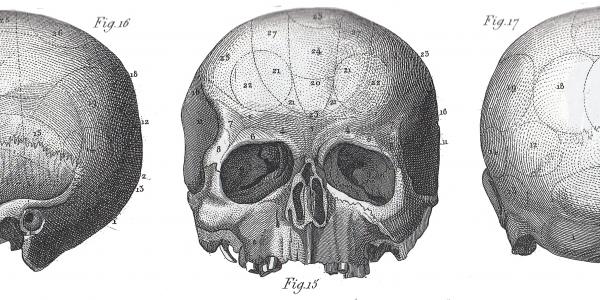Experimental organisms, neuron regeneration, and the curious case of the lamprey in the history of the neurosciences, 1870s-present
History and Philosophy of Science and Medicine Seminar:
I this talk, I will explore the recurrent roles of lampreys in the history of neurobiology, especially with regards to studies of central nervous system (CNS) regeneration. Three attributes, I shall argue, have bolstered lampreys’ staying powers in the laboratory: their large CNS neurons, which have enabled direct physiological recordings for circuit analyses; their robust CNS regeneration after spinal cord injuries; and their early branching position in the vertebrate phylogeny. Three time periods delineate the talk, corresponding roughly to the three attributes above. From the 1870s to the 1940s, the lamprey’s giant reticulospinal neurons--in conjunction with studies of terrestrial animals more frequently found in physiology, such as cats--helped neurologists, including a young Sigmund Freud, document the very existence of neurons while also characterizing vertebrate CNS anatomy with light microscopy. Then, from the 1950s to the 1970s, biologists characterized anatomical regeneration in the lamprey spinal cord, bolstered by funders such as the US National Institutes of Health hoping to probe the remarkable capacities of this fish next to the limited CNS regeneration observed in most mammals. Finally, since the 1980s, biologists have employed multiple methods to explore functional regeneration in the lamprey CNS, such as recovery of swimming after spinal injuries in tandem with physiological recordings and molecular tools. In these last four decades, biologists have especially leveraged the evolutionary place of lampreys, providing phylogenetic insights into mammals’ regenerative limitations by comparing molecular responses after injury. In each of these periods, however, and building on the three attributes above, neurobiologists have employed lampreys to explore problems of jointly biological and medical relevance, a duality that has stabilized the laboratory utility of this jawless fish. Yet, this work at the nexus of biology and medicine has also promoted studies in comparative perspective, suggesting that “translational” research, including in regenerative medicine, should also be comparative. Through comparison, this history shows, we can maximize insights and applications from the laboratory to the clinic.

